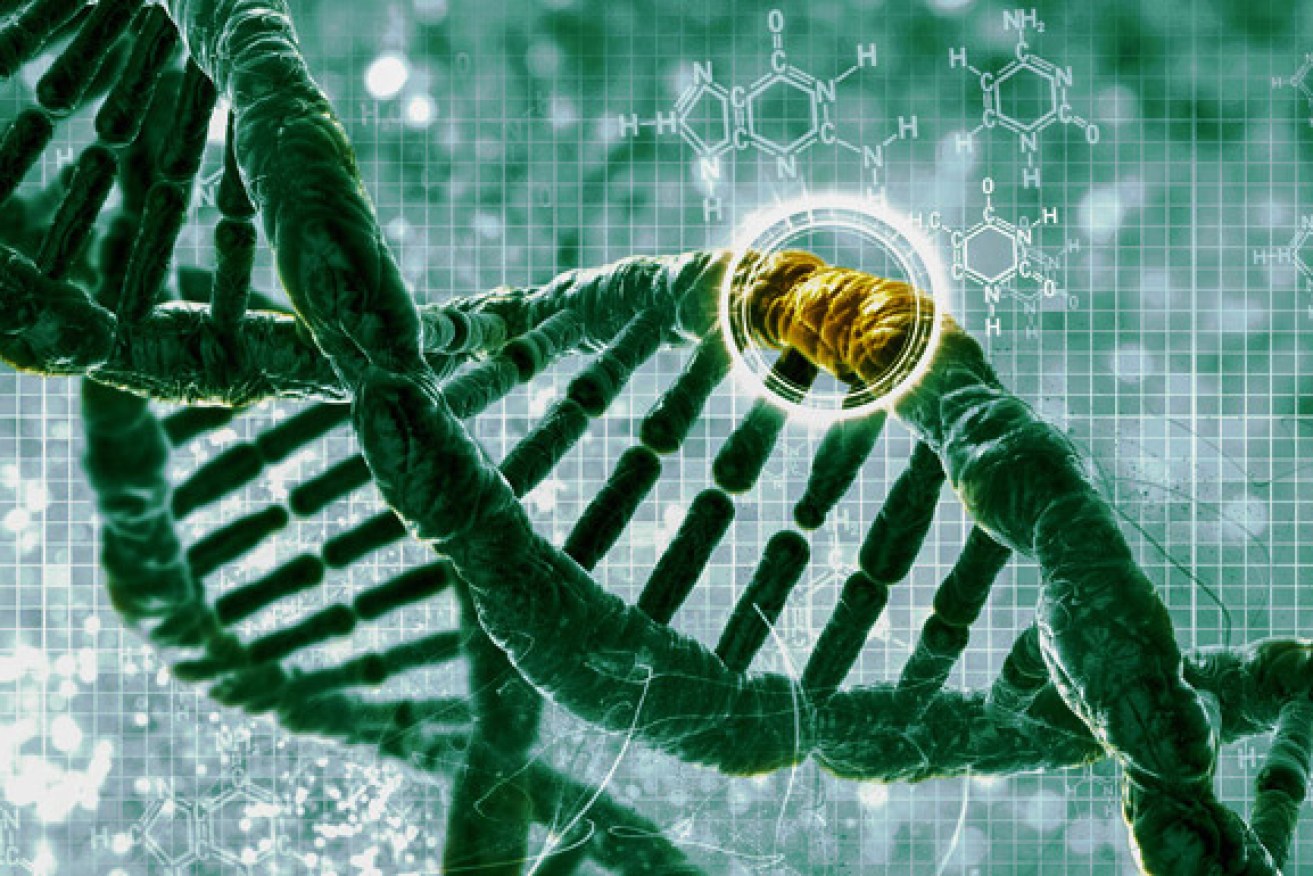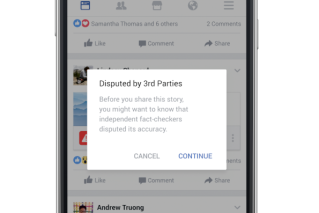A revolution in genetic engineering with the potential to cure sick patients may be held back by fears of ‘designer babies’.
Thanks to the new technique, doctors could one day delete or replace the DNA mutations that boost cancer risk and cause inherited disorders like cystic fibrosis.
“The beautiful thing about this technology is that it does give us the capacity to precisely alter the DNA, and that is a remarkable tool,” said MIMR-PHI Institute of Medical Research cancer biologist Dr Daniel Gough.
• Medieval potion kills super bug
• ‘Cigarette-like’ coffee pods choke planet with junk
• Science finds a way to implant memories
• Sea level rising faster than expected
“The blue sky idea would be that you could essentially remove known disease-causing mutations, and therefore, not necessarily eradicate disease, but minimise it,” Dr Gough said.
Australian law would allow this, but tinkering with human sperm, eggs and fertilised embryos (illegal in most countries) has sparked ethical concerns across the globe.

The CRISPR method is already widely used on mice for research purposes. Photo: Getty
In late March, a group of scientists led by Nobel laureate Dr David Baltimore published a letter calling for “urgent” public debate and further research into the risks of both techniques.
“In humans, it holds the promise of curing genetic disease. However, with such enormous opportunities come unknown risks to human health and well-being,” Dr Baltimore and others wrote.
The letter specifically urged that no scientist attempt pre-birth edits, at least for now.
“This will enable pathways to responsible uses of this technology, if any, to be identified,” it said.
Any pre-birth editing would be inherited by that person’s children, whereas deleting a disease after birth would not.
The University of Sydney senior bioethics lecturer Dr Ainsley Newson, who has co-authored a report on the method’s ethical implications, told The New Daily scientists are “right” to want to carefully consider the technology’s applications before pushing ahead.
The scope and potential uses of CRISPR , the foremost editing technique, are “huge”, Dr Newson said.
“If CRISPR is used to edit human embryos, then we will need to determine what purposes are acceptable, and fast.”
The bind is that pre-birth changes are possible now, or very soon, whereas curing living patients is years away.
Lawmakers may eventually allow engineered babies using CRISPR, such as to boost a baby’s resistance to disease and eradicate harmful mutations altogether.
But it would be a difficult debate, The University of Melbourne stem cell expert Professor Martin Pera said.
“It’s a totally different set of ethical concerns,” he said.
“I don’t think what people are saying is that we should never do this, but we should have an informed public debate.
“These aren’t decisions to be taken just by scientists, but by society as a whole.
“What has proven true time and time again is that when there is a new advance in technology like this, it opens up new scope for really changing human biology.”
Using the method on living patients would also have its risks, but ethicists are far less concerned because these changes cannot be passed down to future generations.









